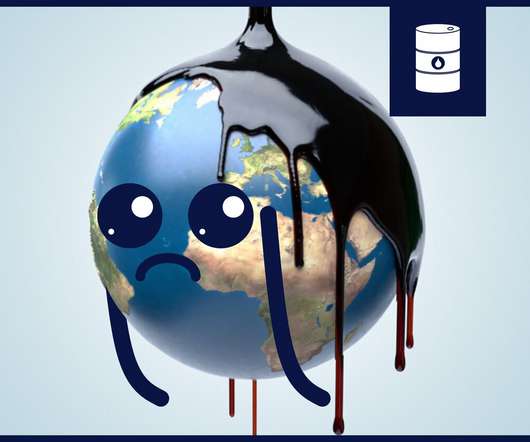COVID-19 and a Path Toward a Greener Future
The Environmental Blog
APRIL 1, 2021
While Nitrogen Dioxide is primarily produced by cars(EPA USA, 2016), other pollutants like Carbon Dioxide were on the fall too, with reduced global air travel reducing Carbon Dioxide emissions in the US by 17% ( Zogopoulos , 2021). A Closer Look: Work from Home. Work-from-home Emissions. EPA USA, 2016.















Let's personalize your content